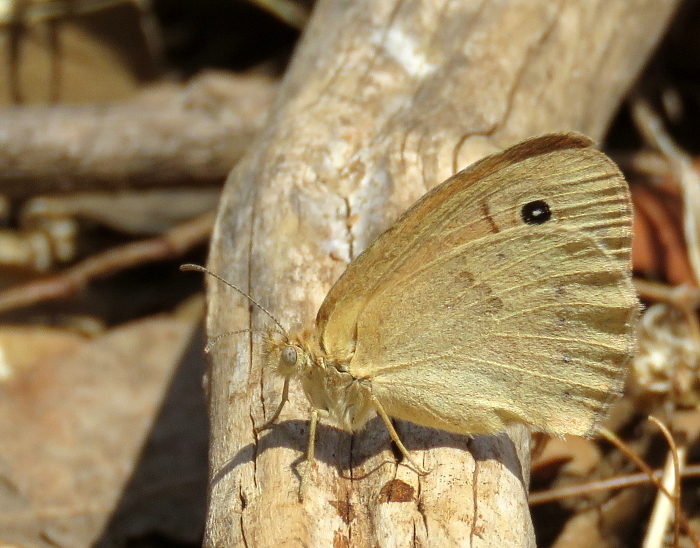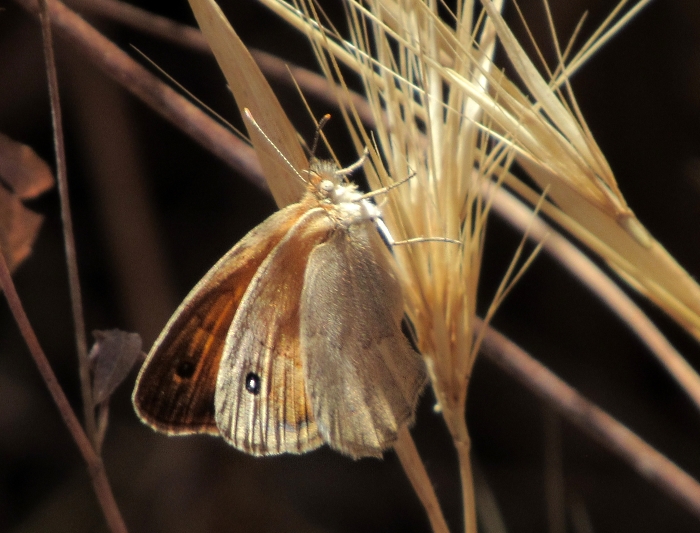
Switzerland, April 2017

North Italy, July 2015

Switzerland, June 2015
Coenonympha pamphilus /
lyllus
Refresh page if pictures don't load fully:




Switzerland, April 2014

Switzerland, June 2013

Italy, June 2013


Subspecies lyllus
-
considered a separate species by some authors - Andalucía, July 2017

Subspecies lyllus,
Málaga, August 2020

Subspecies lyllus,
Andalucía, July 2017, showing broad, dark border of upperside

Subspecies lyllus,
Andalucía,
July 2017

Subspecies lyllus,
Andalucía,
July 2017

Distribution
There is ongoing debate about the status of these two taxa.
Some authors regard them as forms, some as distinct subspecies of C. pamphilus, and
still others (for example, Leraut) as good species, C. pamphilus and C. lyllus. The
paper cited in defence of the last view is Boillat 2002, Alexenor 22,
but I have been unable to get hold of a copy of this. The distribution
above is taken from Leraut, though it should be noted that something
very closely resembling lyllus,
if it is not actually lyllus,
also flies in Sardinia.
The small heath - together with its possible sister species, Esper's heath - is a very common, pan-European butterfly, found on rough land, in meadows and on hillsides throughout the continent. In central and northern Europe it is typically on the wing from April or May, while in the far south often much earlier, in February or March, and it flies through the summer in a succession of broods. The caterpillars feed on a variety of common grasses, including fescues and cocksfoot, and it is in this stage that the species passes the winter.
Small heaths only ever settle with the underside showing, the
wings
folded up above the back. The pattern on the underside is extremely
variable, not only between but within geographical regions. The
hindwing may be unicolourous grey, with essentially no markings, or
delicately marked in browns, greys and whites, with an obscure series
of postdiscal spots - or anything in between. In subspecies/species lyllus,
the ground colour is pale tan, with a subtle series of silvery blue
spots. A useful point to note is that the white mark on the
hindwing (which is usually present) starts at the centre of the wing
and joins the costa. The hindwing spots, if present, are weak, and in pamphilus (though
not lyllus)
there is usually no strong vertical line inside the eyespot of the
forewing. With experience, this becomes an easy butterfly to
identify, if only through recognising it as not any of the other heaths!